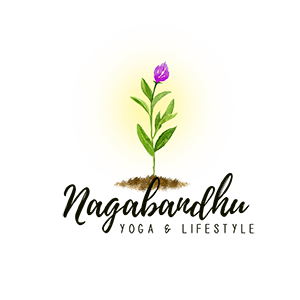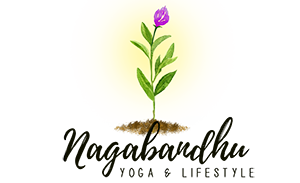In my last post we looked at Hatha Yoga, the classic type of Yoga where all other Yoga forms derived from. Today we take a peek at Vinyasa Flow Yoga.
Vinyasa Flow Yoga
Vinyasa Flow Yoga is a kind of power Yoga. It warms up the body. ‘Vi’ means ‘special’ and ‘Nyaas’ means ‘order’. There are numerous other ways it can be translated but we stick with the ‘special order’ for now. In Vinyasa Yoga the transitions to get to the next pose are just as important as the asanas (positions). This means that it is a very active kind of Yoga, wherein you are active for most of the time of the practice. There are not many relaxation poses in between. ‘Downward Facing Dog’ can be seen as a home base, as this is a pose where you will often catch up with your breath.
Vinyasa Flow Yoga and its Benefits
Vinyasa Flow Yoga is not so much focused on the internal organs of our body. The focus of Vinyasa Flow Yoga is on the core muscles, arm muscles, leg muscles (hamstrings, quadriceps etcetera), Iliopsoas in combination with our Pelvis. By moving through the asanas an internal heat is generated from the solar plexus which will spread throughout the whole body. Whereas Hatha Yoga starts with breathing exercises, Vinyasa Yoga is a breathing exercise from the beginning to end. It brings focus and calms down the parasympathetic nervous system.
Tight Hamstrings, Core & Muscle Strength
Do you sit all day? It might be that your hamstrings are tight because of this. Vinyasa yoga can help you with this.
Vinyasa requires strong arm and leg muscles. You might have heard of the ‘Chaturanga Dandasana’ wherein you come down to the floor with your elbows in a 90 degree angle while your body hoovers above the floor. This requires a lot of arm muscle strength and is for beginners mostly a great challenge. Luckily there are nice variations for beginners to build muscle strength before going down to the floor in this way. As well does this require core muscles and strong legs. Vinyasa has a lot of standing poses and lunges. They stretch hamstrings, quadriceps, calve muscles and as well the psoas. An important muscles as well for the curve in our spine.
Ocean Breath & Bandhas
Another characteristic of Vinyasa Yoga is the Ujjayi breathing. It is deep Yogic breathing wherein we make a deep throat sound. It might help you focus during the practice and calms down your parasympathetic nervous system. Bandhas are locks in the body which have to do with energy in the astral body. Though these locks cannot really be activated during the practice, it is good to know that there is a lock near you pelvic floor, your navel (core) and throat. Some teachers use these points during classes so you know where to bring your attention to. To squeeze the muscles in this area to have a better alignment for example when standing in a pose.
Both Types of Yoga Complement Each Other
By now you may have noticed that although Vinyasa Flow and Hatha Yoga are both Yoga, they both have very different focus points. My advice is to see both as complementary. Hatha is good for the health of the intestines and for hormonal balance as Vinyasa works more on muscles and the outer physical body.
For beginners Hatha Yoga is a nice way to get introduced to Yoga, but if you want a little more work out, you can go as well for the Vinyasa Flow. In the end it is up to you. I would say to just give both of them a try!
Nagabandhu Yoga offers Yoga classes in English and Dutch in Middelburg and teaches both Hatha as Vinyasa Flow classes.
I hope this inspired you to start your Yoga journey today!
If you want to continue reading, this might be interesting for you as well:
Fundamentals I: The Yogic Lifestyle
Fundamentals II: The 5 Pointers of the Modern Day Yogic Lifestyle

© 2020 Nagabandhu Yoga and Living Practice – All Rights Reserved
No portion of this site can be reprinted without express permission
